
The Department of Animal Husbandry ( Ministry of Agriculture and Rural Development ) said that currently, the whole country has 269 facilities producing complete mixed industrial animal feed with a total designed capacity of 43.2 million tons. Of which, 90 factories are owned by FDI enterprises (accounting for 33.5% in quantity; 51.3% in design capacity) and 179 factories belong to domestic enterprises (accounting for 66.5% in quantity and 48.7% in design capacity).
The country's animal feed output reached 18.8 million tons in 2018, increasing to 20.8 million tons in 2022 (the average annual growth rate for the whole period reached 2.6%/year). During this period, the actual animal feed output structure is changing with the trend of gradually increasing the proportion of FDI enterprises (from 59.8% in 2018 to 62.5% in 2022) and gradually decreasing that of domestic enterprises (from 40.2% in 2018 to 37.5% in 2022). It is expected that in 2023, the animal feed output structure will continue to change according to the above trend, partly because Masan Group (animal feed output accounts for about 6% of the total national output) has sold the entire animal feed segment to DeHeus Company (Netherlands).
According to the Department of Animal Husbandry, the total demand for concentrated feed (corn, soybean meal, bran, fish meal, etc.) of the entire livestock industry in Vietnam is about 33 million tons/year, mainly used for pig and poultry farming. To meet this demand, our country needs a huge amount of concentrated feed ingredients, while domestic supply can only supply about 35% of the total demand, equivalent to 13 million tons/year, the rest from imported sources.
The main products of the crop industry that can be used as animal feed include: 4.6 million tons of corn; 4.5 million tons of bran (from 42.8 million tons of rice); 2.5 million tons of dried cassava, cassava residue (equivalent to 10.5 million tons of fresh cassava), etc.
Compared to the world , Vietnam's corn and soybean output accounts for a very small proportion (equivalent to 0.4% and 0.02%), not to mention low quality and productivity, making it difficult for domestically produced corn prices to compete with world corn prices. However, Vietnam has an advantage in rice production (accounting for 8.4% of the world's output).
In fact, paddy and rice can partially replace corn as animal feed without affecting productivity and quality of livestock. However, when replacing corn with paddy and rice, economic efficiency has decreased by 33.2% because the price of paddy and rice is higher than the price of corn. To be able to replace corn with paddy and rice effectively, the price of paddy and rice must be at least 2.7 - 26.4% lower than the price of corn.
In addition, Vietnam also has some products and by-products from seafood processing, livestock and poultry slaughtering (fish fat, fish meal, etc.) as animal feed, but the quantity is insignificant. For additives and main supplements (vitamins, amino acids, etc.), Vietnam has to import up to 80% because our country does not have the production technology, the small consumption market does not attract investment, and only produces a small amount of mineral supplements, microbial products and herbs.
According to the assessment of the Department of Animal Husbandry, in general, the biggest difficulty of the animal feed industry today is that the domestic production capacity of animal feed ingredients is still limited, depending heavily on imported ingredients.
In the period of 2018 - 2022, our country imported from 18.6 to 22.8 million tons of animal feed ingredients; the import value fluctuated around 6 - 8.9 billion USD (in 2021 and 2022 alone, the import value increased sharply mainly due to the high price of animal feed ingredients). The main imported ingredients include: corn, various types of oil cakes, wheat, animal protein, etc. It is estimated that imported animal feed ingredients account for about 65% of the total domestic demand for animal feed ingredients.
Source









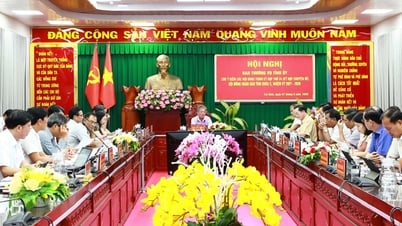
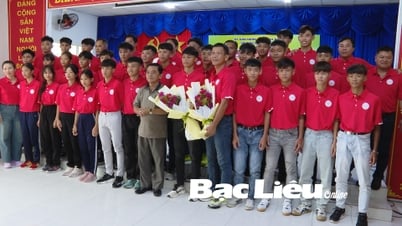
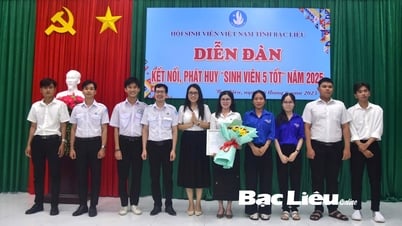

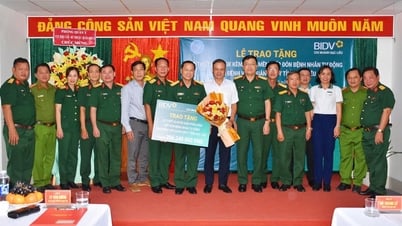







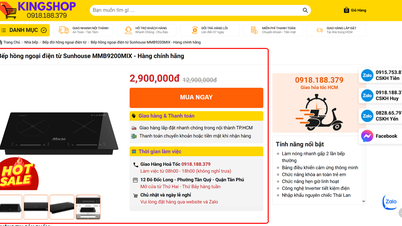

































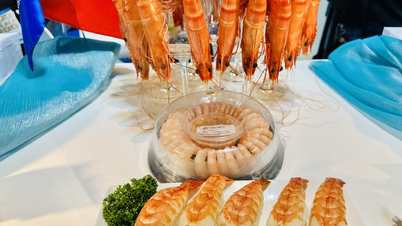











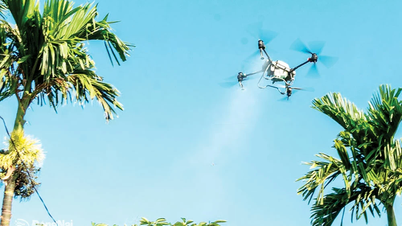







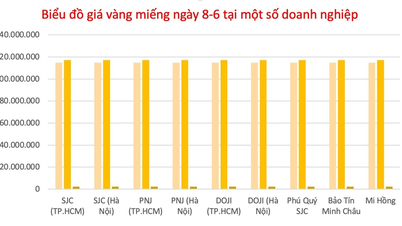









![[OCOP REVIEW] Tu Duyen Syrup - The essence of herbs from the mountains and forests of Nhu Thanh](https://vphoto.vietnam.vn/thumb/402x226/vietnam/resource/IMAGE/2025/6/5/58ca32fce4ec44039e444fbfae7e75ec)





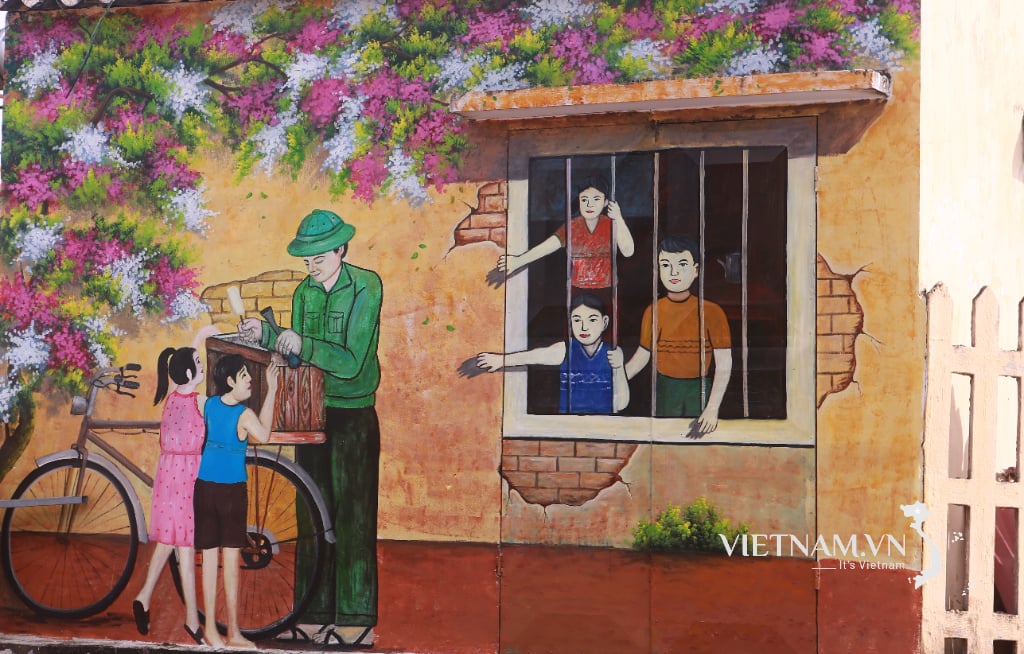
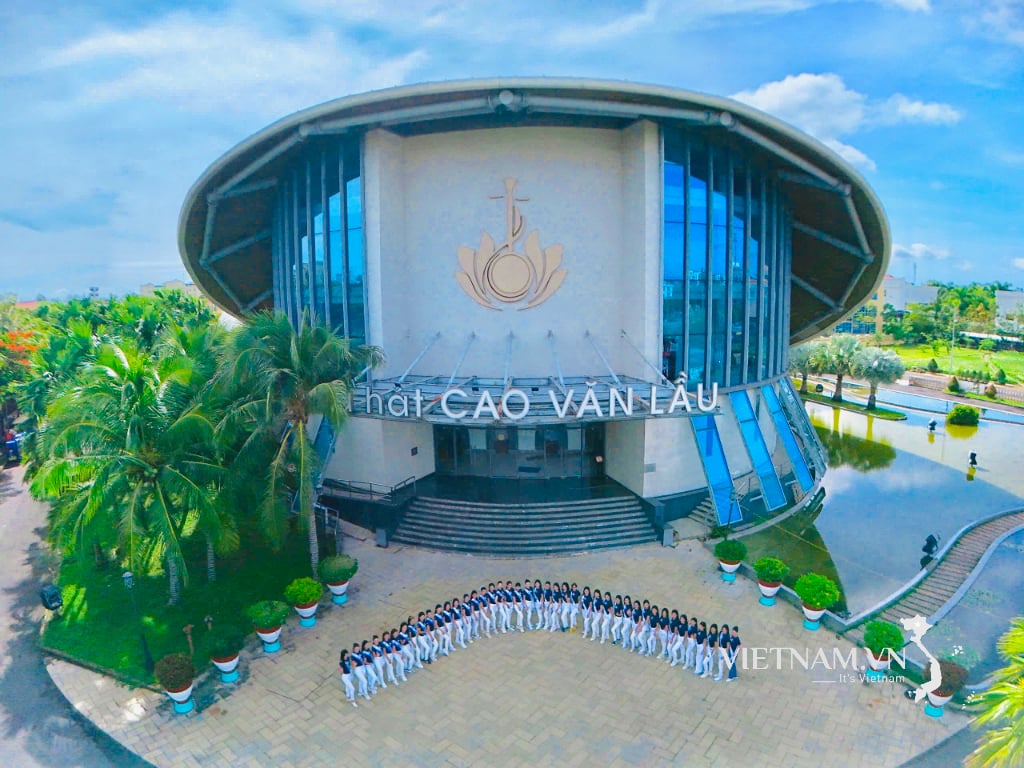
Comment (0)